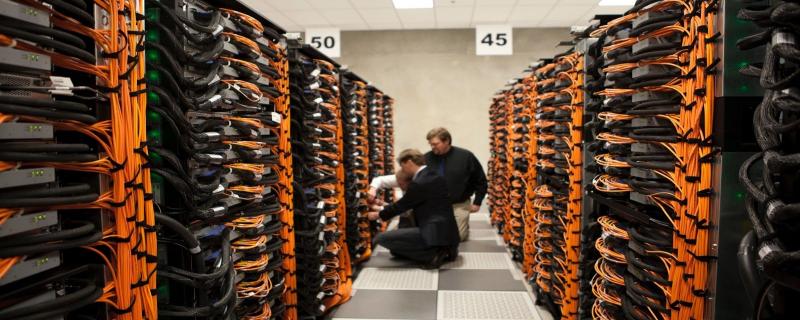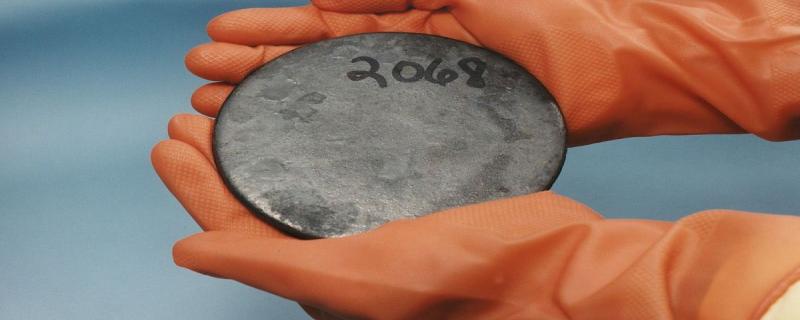Research at the Battery Prototyping Lab at IIT Bombay is prototyping and scaling up of energy storage technologies.
Novel scheme by IIT Bombay researchers to control drones can enable complex formation flying using only camera data, without GPS or inter-drone communication.
Mumbai/
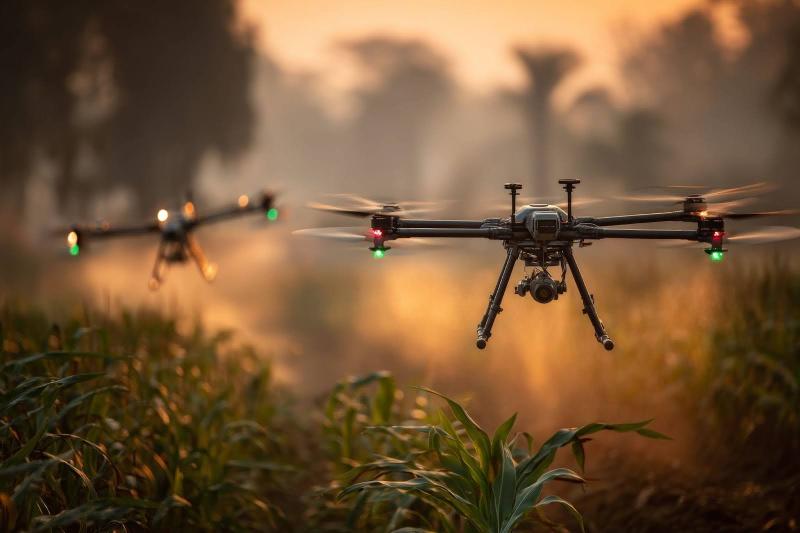


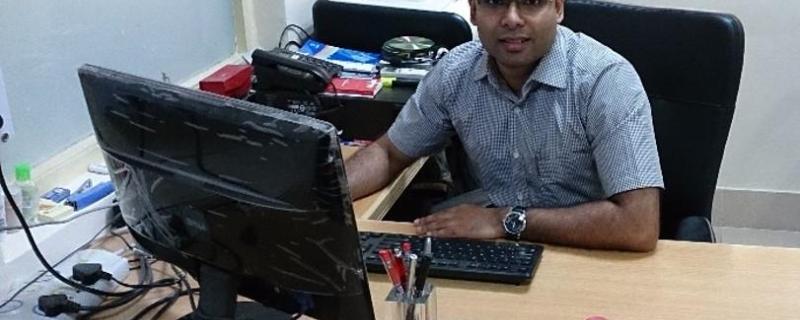


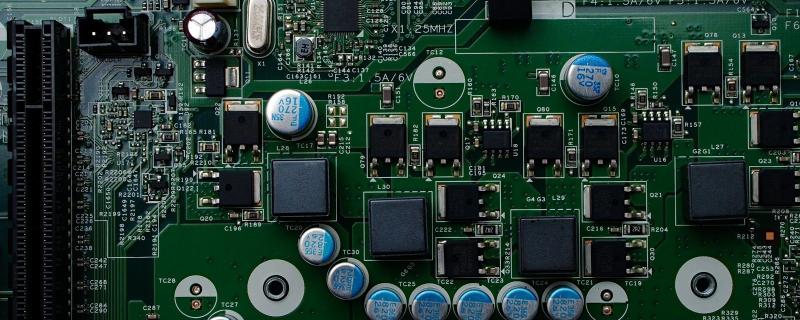
![[Image credits: The printed flexible sheet of piezoelectric material, Virginia Tech] IIT Bombay researchers propose a novel piezoelectric material](/sites/researchmatters/files/styles/large_front_800x320/public/piezoelectric_material_1.jpg?itok=EZiSQ7Gs)
